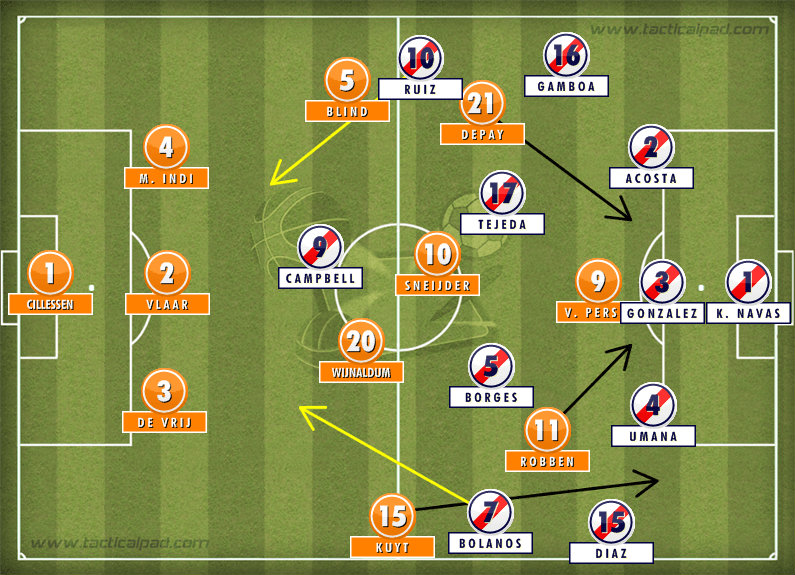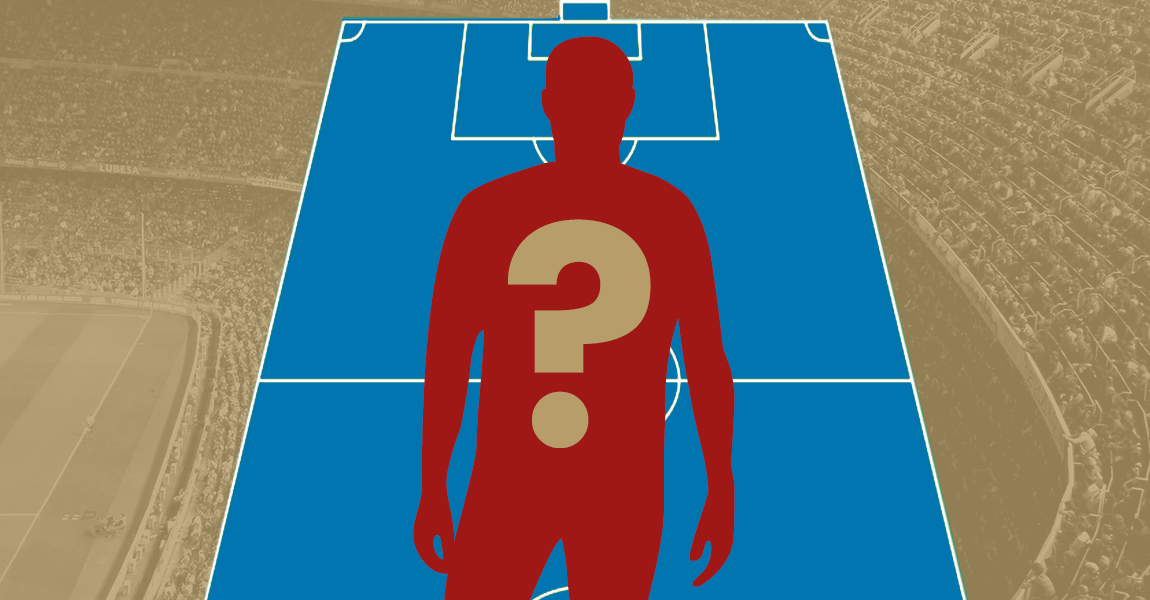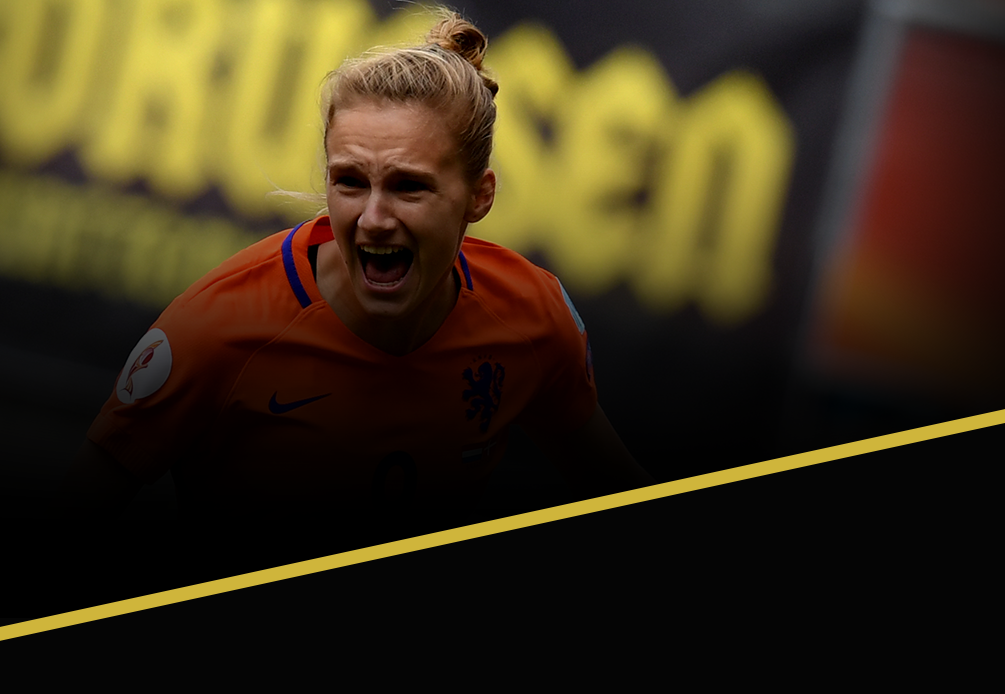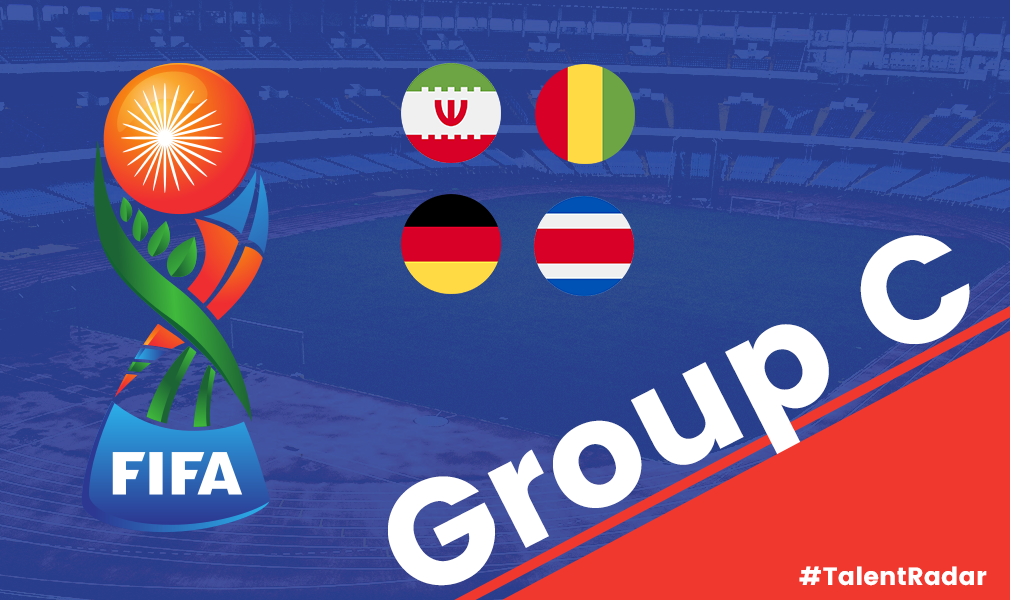In a tactical battle that saw one team progress and the other receive the plaudits, Netherlands took till penalty shootouts to surpass the solid Costa Rica set-up. Aman Sardana analyses Oranje’s World Cup quarter-final victory.
The Netherlands secured a stirring victory over Costa Rica to earn a place in the semi-finals of the World Cup with a win on penalties to end the minnows’ reverie. Van Gaal picked a very offensive line-up to start the game, with an almost in-existent midfield but a resilient defence and a luscious attack. Costa Rica took a somewhat pragmatic approach for the occasion in contrast, and the two sides largely squared each other, with the Ticos frustrating their more eminent opponents for much of the game. Van Gaal then made the intrepid decision to replace Jasper Cillessen with Tim Krul ahead of the penalty shootout, and the manoeuvre paid off as the Newcastle keeper saved from Bryan Ruiz to put his side through.
Formations & Line-ups
Netherlands (3-4-3): Cillessen (Krul 120’); De Vrij, Vlaar, Martins Indi (Huntelaar 105’); Kuyt, Wijnaldum, Sneijder, Blind; Robben, Van Persie, Depay (Lens 76’).
Costa Rica (5-4-1): Navas; Gamboa (Myrie 79’), Acosta, Gonzalez, Umana, Diaz; Tejeda (Cubero 97’), Borges, Ruiz, Bolanos; Campbell (Urena 66’).
Shootout: Van Persie, Robben, Sneijder, Kuyt; Borges, Gonzalez, Bolanos.

ANALYSIS
Basic Setup
The Costa Rican structure had 5 men in an orderly line guarding the box, with 4 men in front. Joel Campbell rambled in the opposition half, looking around for a long ball and opening up play so that the Dutch defence couldn’t venture into attack themselves. In attack, Bolanos broke out along with Bryan Ruiz, with the latter moving into the heart of midfield and Gamboa covering on the overlap. This system got them close on several occasions. The error was that, in attack, they often dedicated up to 7 men, and the rapidity of Arjen Robben and Memphis Depay allowed the Dutch to thrive on the counter.
TACTICAL ANALYSIS
- Netherlands: 5-1 Spain | 2-0 Chile | 2-1 Mexico
- Costa Rica: 3-1 Uruguay | 1-0 Italy | 1-1 Greece
Alongside Algeria coach, Vahid Halihodzic, Van Gaal has probably been the most tactically sundry manager at this World Cup, regularly changing both personnel and his system to better nullify his opponent. The Manchester United manager-to-be changed his strategy again against Costa Rica, modifying his team’s shape to feature a three-man front-line. His setup made it clear that he knew Costa Rica were going to defend deep. He knew he necessitated a charging midfielder, so he pushed Depay and Robben wide in his preferred 3-4-3/3-5-2, and he played Sneijder in the centre of the park because of his bursting runs. The front 3 clearly had license to interchange freely and kept all 3 Costa Rican centre backs busy, and Sneijder controlled the attacking spells from just behind.
Daley Blind and Dirk Kuyt reached the top of the pitch like they have throughout the World Cup. This allowed Depay and Robben to move into the centre. This way, Netherlands could offer consistent threats – a passing threat from a fluctuating midfield, a longshot threat from Sneijder, an aerial threat from Persie, and a pace threat from Robben.
Costa Rica lack firepower upfront
Campbell ran 120 arduous minutes against Greece in the round of 16, leading the line on his own and tugging both his hamstrings as he tried to provide respite to his 10 man squad. He looked fatigued in Salvador, didn’t click with his team either and kept making the same run off the ball – in behind the defence. He could not get a single shot on target and was replaced by Urena after 66 minutes who did manage to make a difference in the game, and Pinto should be praised for having the guts to take off a key figure in his side. Urena came on and began dropping short, linking play well and interacting with his midfielders. After a few flicks, backheels and slanted passes, the Dutch started to mark him and the potential threat subdued. Ruiz was seemed to be caught in two minds as well, trying to partner in attack and create chances, failing to do both.

Costa Rica’s Poor Attack | via FourFourTwo
Dutch exploiting the right side
Pinto was right to single out Robben because as the first half came closer to its veil, the Bayern Munich star grew in authority. Seven minutes before the break, Navas made another exceptional save from a peach of a free-kick by Sneijder, after a foul on Robben (one of the many). Diver or not, Robben was crafting problems for Costa Rica, beating his man and drawing fouls. Pinto’s back four had their house in order and were defending well, barring Robben’s bolstering runs and crosses down the right. He was partnered well by De Vrij & Kuyt. Second half saw a sudden increase in the tempo of the game with Gamboa not able to perform his duties well enough and the Dutch trying to get more bodies inside the box to get at the end of crosses.

NED vs CRC Player Influence after 45′ | via FourFourTwo
3 v 3 battle at both ends
As a response to the Dutch possession and both sides pushing full backs forward, Costa Rica pushed Ruiz and Bolanos high up when Jasper Cillessen had the ball, shifting temporarily from 5-4-1 to 5-2-3 and man-marking each of the Oranje’s centre-backs. The Dutch had slight problems in retaining the ball at the back and building from there. Costa Rica induced their defensive line high up, squelched the space and allowed Tejeda and Borges to man-mark their counterparts the other way.
While optimistic and progressive, it was an unusual approach: long balls in behind for Robben to chase is the Netherlands’ favourite route to goal, and none of the three centre-backs are particularly penetrative in possession. None of them took the opportunity to breach the space and carry the ball forward. Closing them off, while representing a change in tact, got the Ticos nowhere.
Enter: Tim Krul
“I watched them against Greece and studied them and I told the players that I knew where they were going to shoot to make them a bit nervous. Maybe it worked. It happened before when I played against Frank Lampard: I told him that I knew and I saved it. I just tried that again. I’m so happy it worked today.”
– Tim Krul
It may have seemed like an enormous gamble to substitute his starting goalkeeper specifically for the penalty shoot-out, but Van Gaal’s decision turned out to be the right one, as Tim Krul saved spot kicks from Ruiz and Umana to see his side over the line. Not many managers would have had the pluck to pull off their side’s starting keeper in the 120th minute, one of the reasons why Van Gaal is considered one of the best. Mastermind? Insanity? Or perhaps evidence of a week of planning and meticulous attention to detail? Krul got the direction of all shots spot on, saving two out of those and giving his side the victory.
Key Player of the match
For the Dutch, Robben & Sneijder put in brilliant performances with the latter rattling the crossbar and the post and the former instrumental as always, in his team going forward and initiating attack. The Costa Rican army, though, had to do much more to keep the game scoreless till beyond extra time. With 10 top-class saves, Keylor Navas, one of the best goal keepers in this tournament so far is perhaps the formidable force behind Costa Rica’s campaign. The man with a 10 million release clause has allowed just two goals in this World Cup and is his country’s undisputed hero. Yeltsin Tejeda was brilliant as well and denied Van Persie’s strike off the line, in the dying minutes of the game.

Keylor Navas’ Stats this World Cup | via FIFA.com
Where does this leave them?
After a heroic effort, seeing off Uruguay, Italy, England and Greece in the process, Pinto and his team will go home to a galvanising reception after dignifying the competition. Costa Rica go home with their heads held high, Navas in-demand, Bryan Ruiz revitalized and Campbell a rising star. This was an extraordinary campaign for them. Van Gaal will get all the credit, incapacitating an impressive Ticos side, making a courageous substitution in Krul and, most importantly, lugging a “weak” side into the World Cup semi-finals. They will now face Argentina on 10th July in the second semi-final.
























































